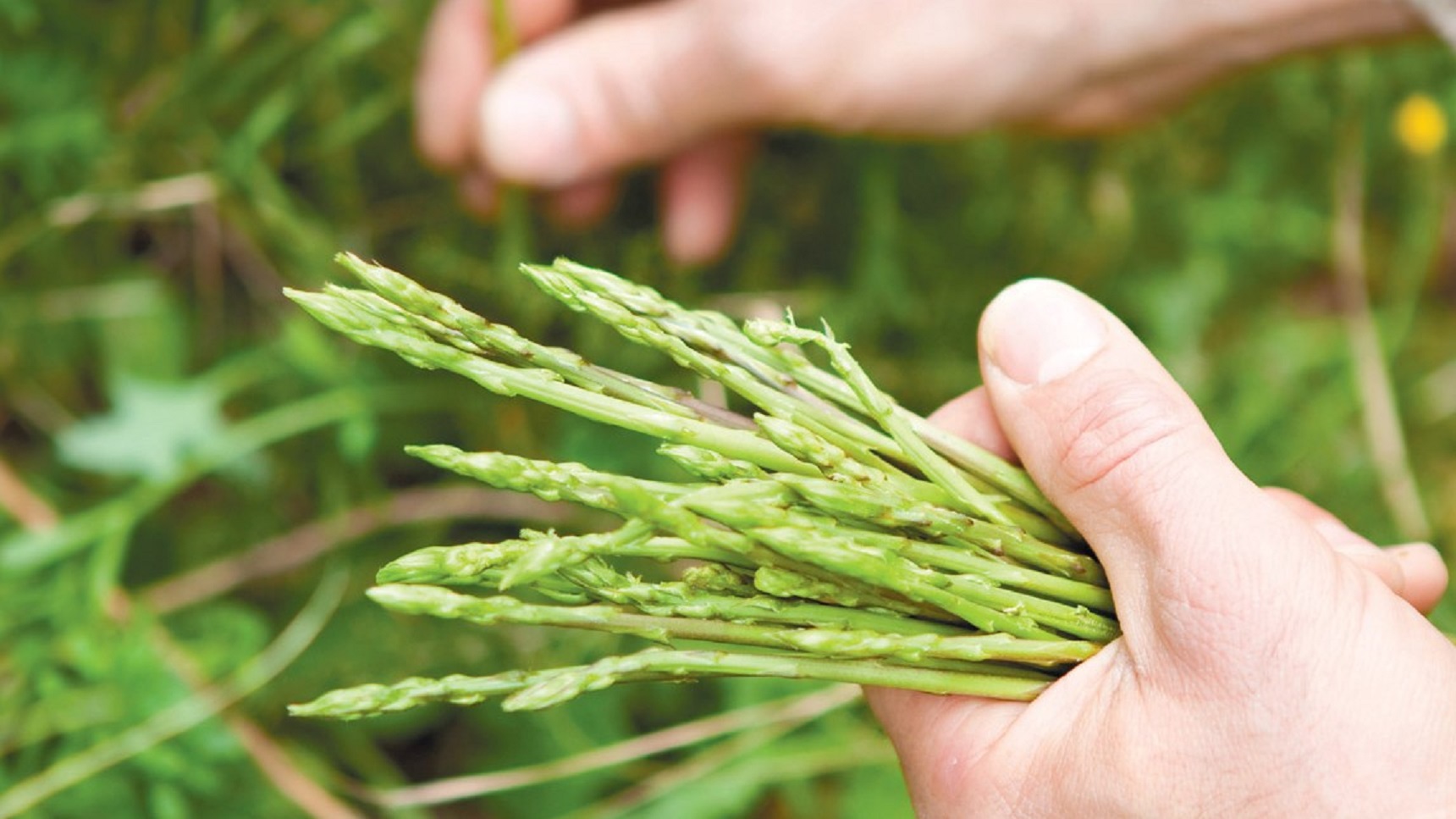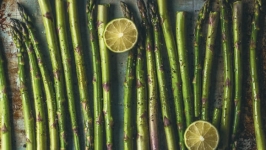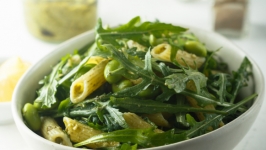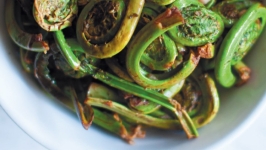Hunting for Wild Asparagus
With a little patience and luck, foraging can be a springtime rite of passage.
When the first warm winds of spring blow onto the Eastern Shore, there’s only one way to spend your Saturday afternoons: hunting for wild asparagus.
I’ll admit, most of my life, even born and raised on this peninsula, I never knew about the presence of this elusive vegetable, which grows in the sandy soil and open air in April through early June. In fact, it wasn’t until my twenties that my father casually said, “Oh yeah, it’s everywhere,” including our own driveway. “You just have to look.”
In many ways, he’s right—wild asparagus is a notorious self-sower, spreading along gardens, roadsides, fence lines, and meadows all across the United States. It was once a common crop, brought over by early colonists, and today its wild descendants remain.
But come springtime, when they’re just ripe for the picking, the young spears hide in plain sight, difficult to spot with even the sharpest of vision, often shrouded by other newly green grasses, or lost in the blurred landscape that comes with a backroads drive.
Last April, just before Easter, my boyfriend and I spent an entire afternoon in search of patches of wild asparagus. We drove the country roads of Talbot County, winding past low farmland and old forgotten farmhouses, the wind whipping through the remaining winter wheat, sending the newborn wildflowers into a dance along the fields’ edge. Cirrus clouds streaked the powder blue sky, and all around the natural world was waking up again.
Most of the time, we were quiet, our eyes focused on the ditches that seemed to whisk past us even at our slowest speed. Every so often, we’d call out “stop!” and the old Land Rover would rumble into idle, allowing us to eagerly jump out and rush toward what we thought we saw.
More often than not, our eyes deceived us, but eventually we’d finally find true treasure—that rich shade of olive-y emerald green— poking through the weeds. That first fat spear is like stumbling upon an arrowhead, with pure joy coursing through your veins at the sight of this little, strange, perfect thing. And where there is one, there are usually many, with some stops yielding asparagus by the fistful. But as in anything in nature, you must always leave some behind.
On we went, for the rest of the afternoon. It was a timeless day, and by the end of it, we had a few dozen spears to wash and bring to brunch on Sunday. Bright, earthy, with a hearty crunch, it was the best asparagus we’d ever eaten.
In just a few weeks, that short window would close, with the plants gone to seed, now standing several feet high and branching outwards, billowing in the summer breeze. We swore we’d remember where we found them, for next year, but of course memory is fleeting.
So come April, we’ll set out on another drive, perhaps a bluebird afternoon, with nowhere to go but hunting. In truth, we’re looking less for wild asparagus than we are a chance to slow down, to be quiet, to turn our eyes to the natural world.
And if you’re lucky—and patient—she might just reveal herself to you.









